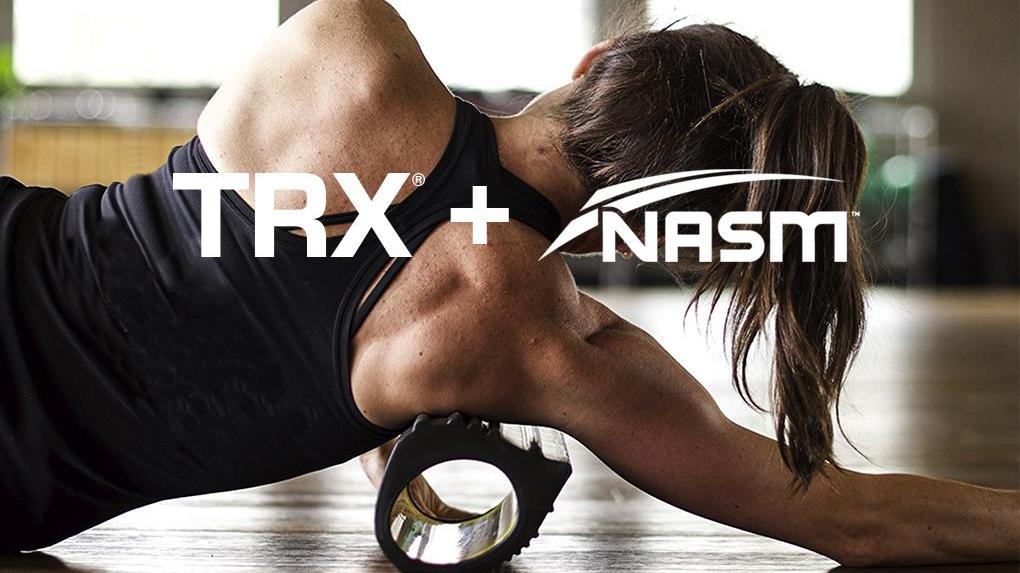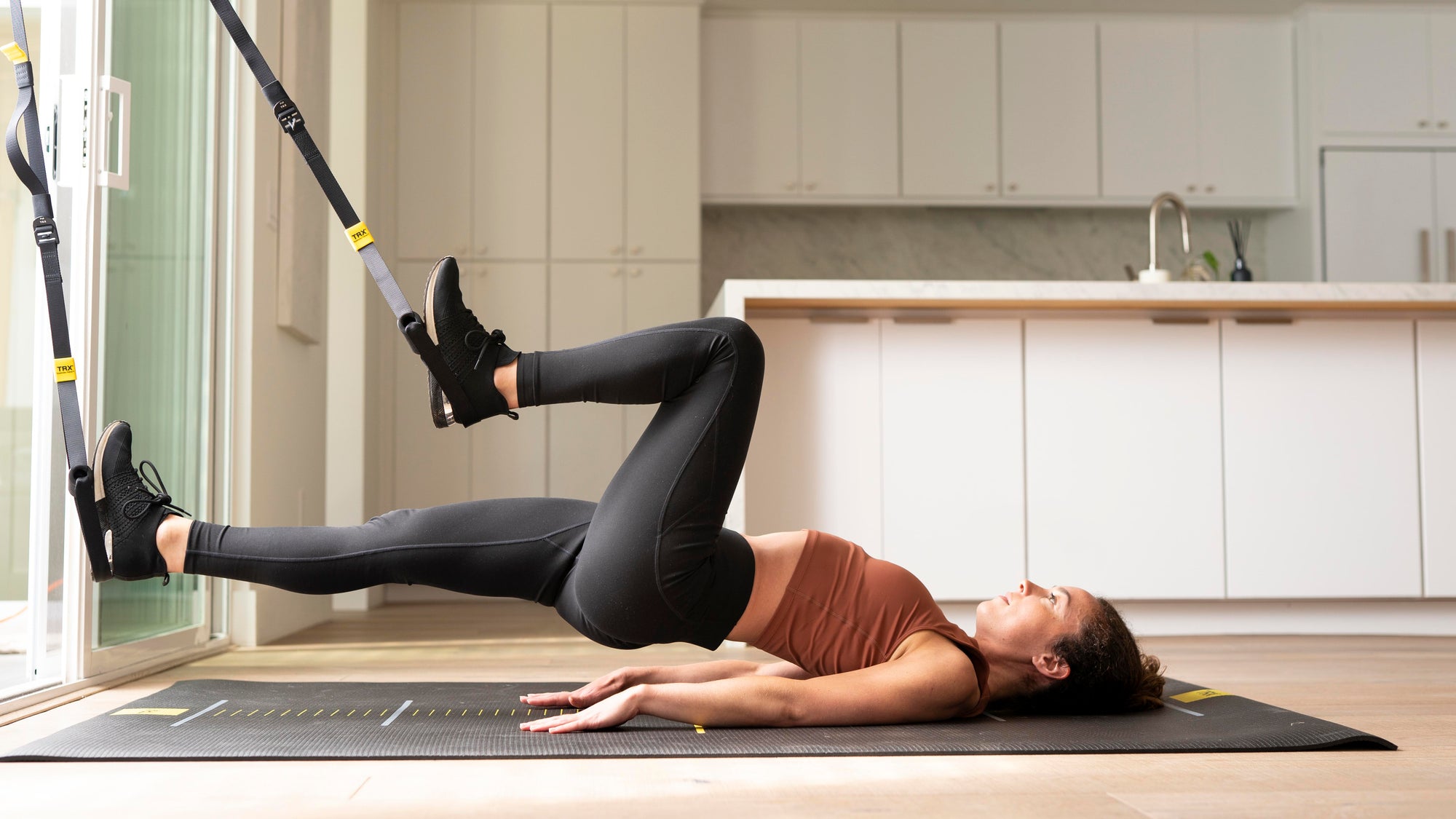Alison Messick’s TRX Suspension Trainer has been hanging in her house for years, but, for most of the last 18 months, she couldn’t use it. In March 2021, Alison was diagnosed with Stage 3 breast cancer following a routine mammogram. Her treatment included multiple surgeries, chemo, and radiation, which meant upper body movement was a non-starter.
“A bilateral mastectomy just reeks havoc on the chest, the chest wall, the armpits,” she explained. “To have back to back surgeries, just about two weeks apart, was really destructive. But that's part of the process. That's why a cancer diagnosis can be so challenging: Because the treatment—in order to save you—is going to be destructive to your body at the cellular level and then at the muscle fiber level. Anatomically it's going to be tough.”
Alison has always been naturally “fit,” though she wasn’t always intentional about movement and fitness. She served in the Marine Corps for five years. She’s a longtime runner, even finishing the New York Marathon on behalf of the Navy SEAL Foundation. (Alison’s been the Foundation’s Director of Programs for almost 10 years.) She discovered the Suspension Trainer about five years ago, when she began gravitating toward low-impact alternatives to running. (A friend introduced Alison to TRX, and she was instantly hooked: “I tried it out, I loved it. I thought, ‘Where has this been all my life?‘“)
Pre-cancer, leaving her Suspension Trainer up was a matter of efficiency. It was something Alison used regularly. For the first year of the pandemic, she turned to Suspension Training for exercise and mental health. But, in the hardest days of breast cancer treatment, those TRX Straps became something bigger—a symbol of the life she was looking forward to as she recovered.
“You are acutely aware of where you are when you are going through treatment, but it's hard to visualize your future. It's hard to visualize moving freely again. It's hard to visualize enjoying moving like that again.”
For months, the straps reminded her that—no matter how broken and beaten she felt —she would rebuild her body. “It helped me keep focused on, ‘I'll be able to do that again’ after almost a year of not being able to use my chest muscles and to exercise at that kind of level,” she said.
Not that returning to fitness was easy. As much as Alison wanted to find a sense of normalcy in exercise, her body struggled with elements that had once been second-nature to her.
“The first time that I used it again after that last surgery, it was so unbelievably hard and nothing felt right,” she recalled. Still, she kept going back to it, and celebrating each moment of progress.
“I remember when three sets of 10 was challenging, and now three sets of 10 is not,” she said.”I can't do a push up right now, even on my knees. It's hard. But I can use my TRX to get at that certain angle and I can push up on that. So now I use it to get to that next marker. It's going to be a while. The TRX not only served as a symbol of where I was going, it serves as a symbol of now that current momentum I have to hit my next goal. I'm a person using a piece of equipment and it's changing my life.”
Most of us take movement for granted. Once a pattern becomes a part of muscle memory, we forget about the hard work involved in learning it. But too many people, like Alison, understand what it’s like to start over after cancer treatment. In the U.S. alone, approximately 264,000 women—and 2,400 men—are diagnosed with breast cancer each year.
Alison’s advice to anyone facing breast cancer treatment and recovery?
“It's hard, keep moving. It's harder, keep moving. When you're in a hard place—and it could be depression, it could be chemo, it could be anything—sometimes you just have to keep moving. That is what the Suspension [Trainer] afforded me: The opportunity for movement before I was focusing on strength. Keep moving. It all matters."



